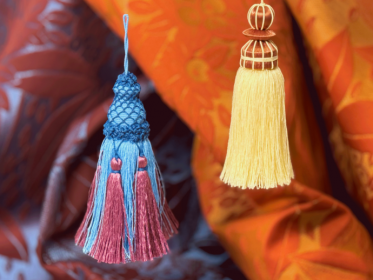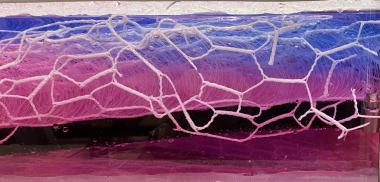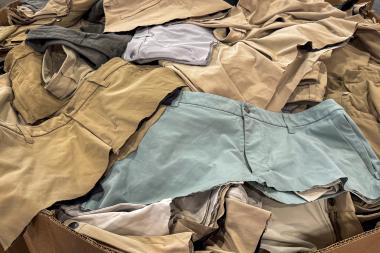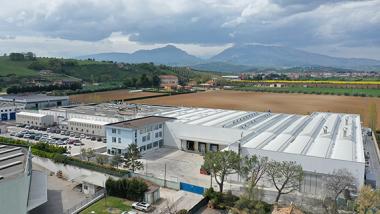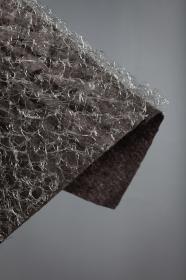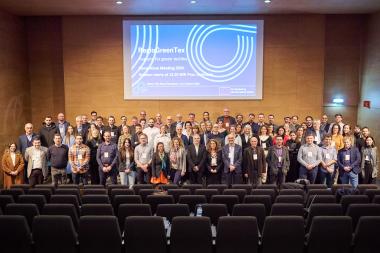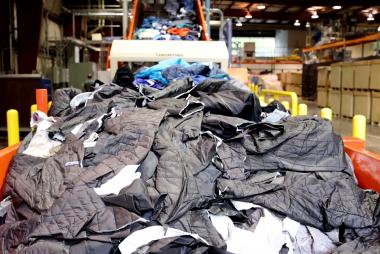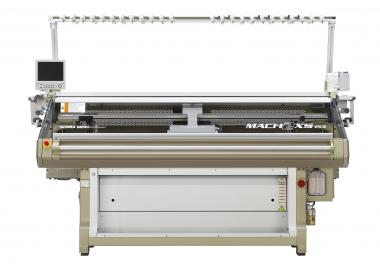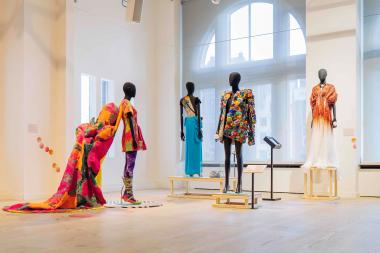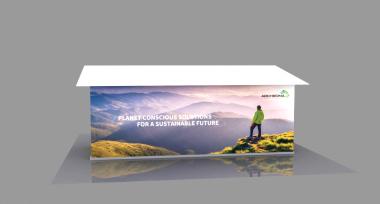Trevira CS at Clerkenwell Design Week in London
The Trevira CS brand is celebrating its debut at Clerkenwell Design Week (CDW), which takes place in London from May 21-23 2024. The brand is particularly targeting interior architects, interior designers, and contract furnishers to present its innovations on sustainability. Trevira CS stands for flame retardant fabrics that have been tested for fire safety. They also offer numerous sustainable properties.
The London borough of Clerkenwell is home to more creative businesses and architects per square mile than anywhere else in the world, making it one of the most important design hubs in the world. To celebrate this rich and diverse community, Clerkenwell Design Week has created a unique opportunity to showcase the world's leading interior design brands. With more than 600 events in over 160 showrooms, more than 11 curated exhibitions, stunning installations, talks and a supporting program, CDW has established itself as the UK's leading design festival. The Trevira CS stand is part of the "German Collection - home to German Contemporary Design", which brings together a leading selection of renowned German brands.
The product range of flame-retardant Trevira® filament yarns now also includes 30 spun-dyed, UV-stable yarns, which are particularly suitable for outdoor use in fabrics in the hospitality sector and on cruise ships due to their high light fastness and UV resistance. They also score points for their sustainable properties, as the fabrics made from them can be produced in a more environmentally friendly way than textiles made from conventional yarns.
Trevira CS fabrics are also available in recycled versions. They consist of fiber and filament yarns that are obtained in various recycling processes. Fabrics made from these yarns can obtain the Trevira CS eco trademark. The prerequisite for this is a recycled content of at least 50%.
Trevira CS is a brand of Indorama Ventures Fibers Germany GmbH


